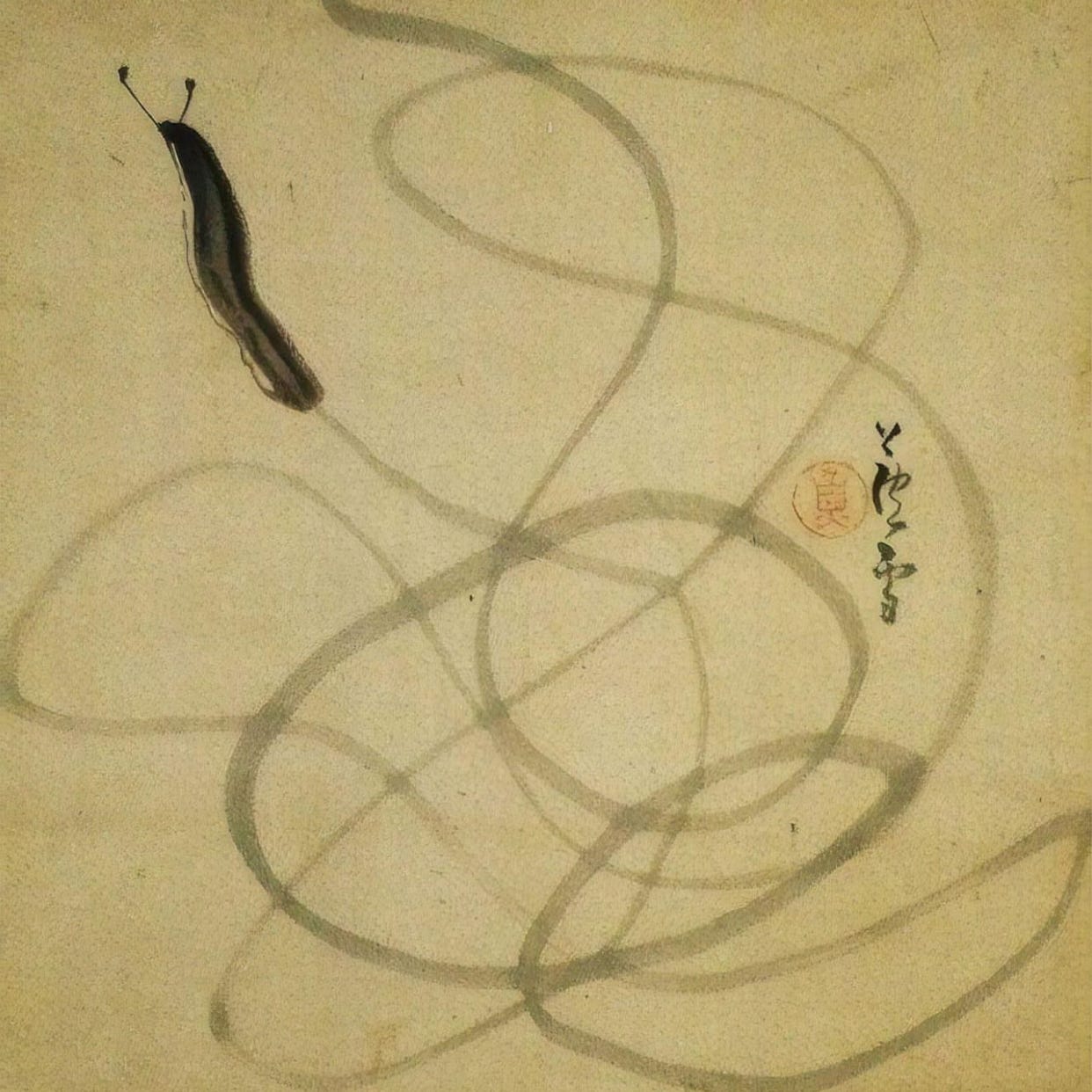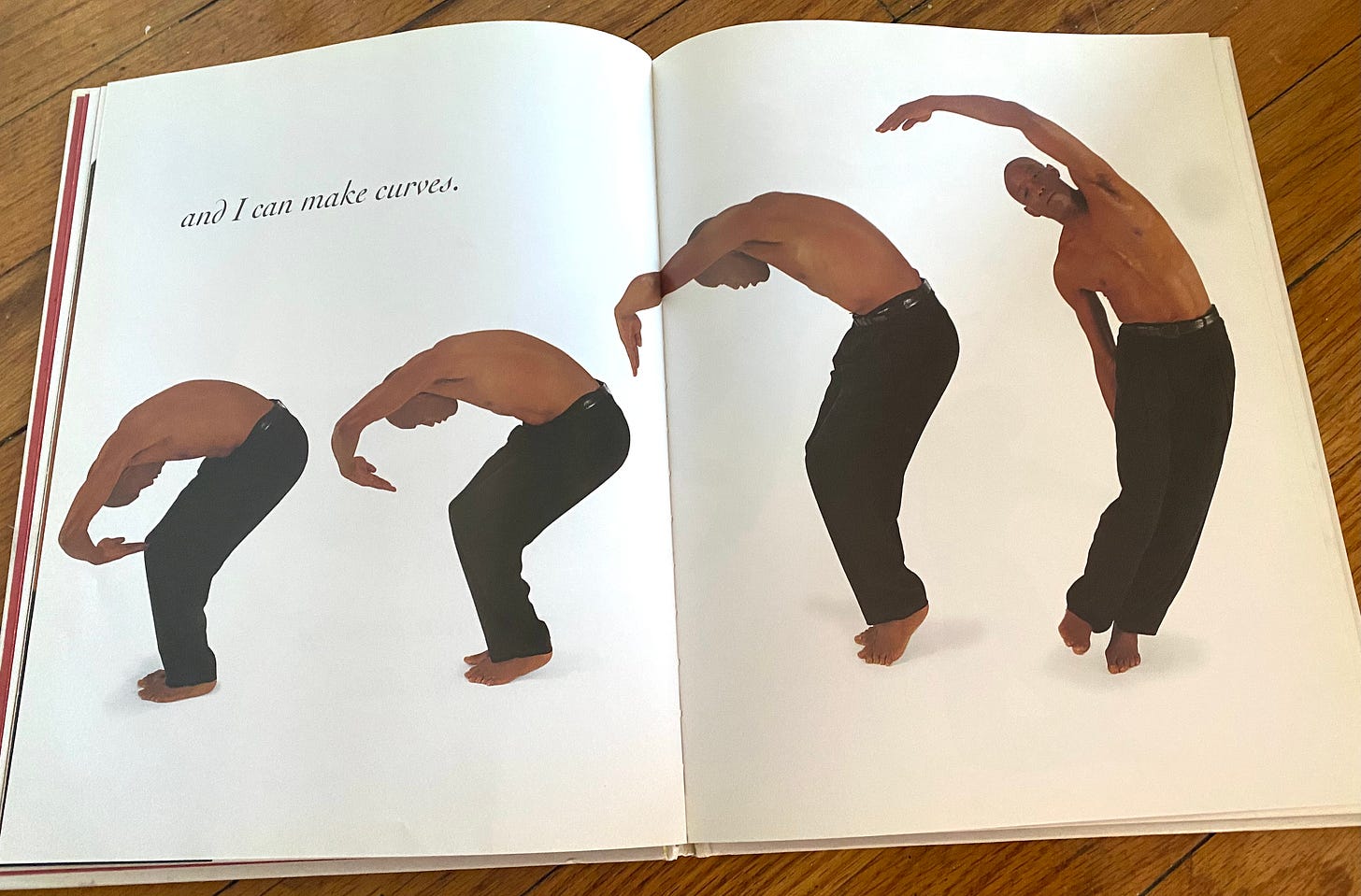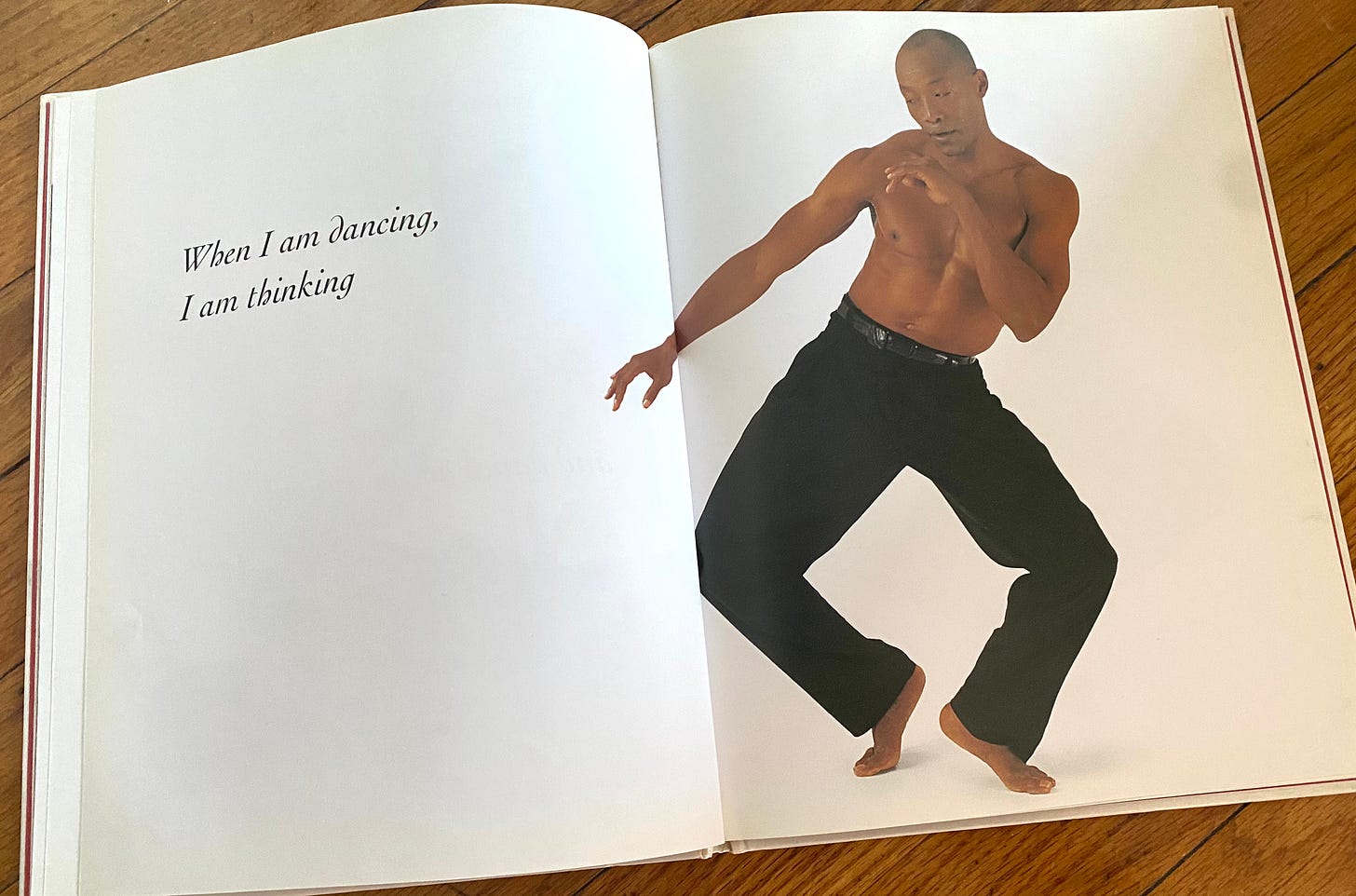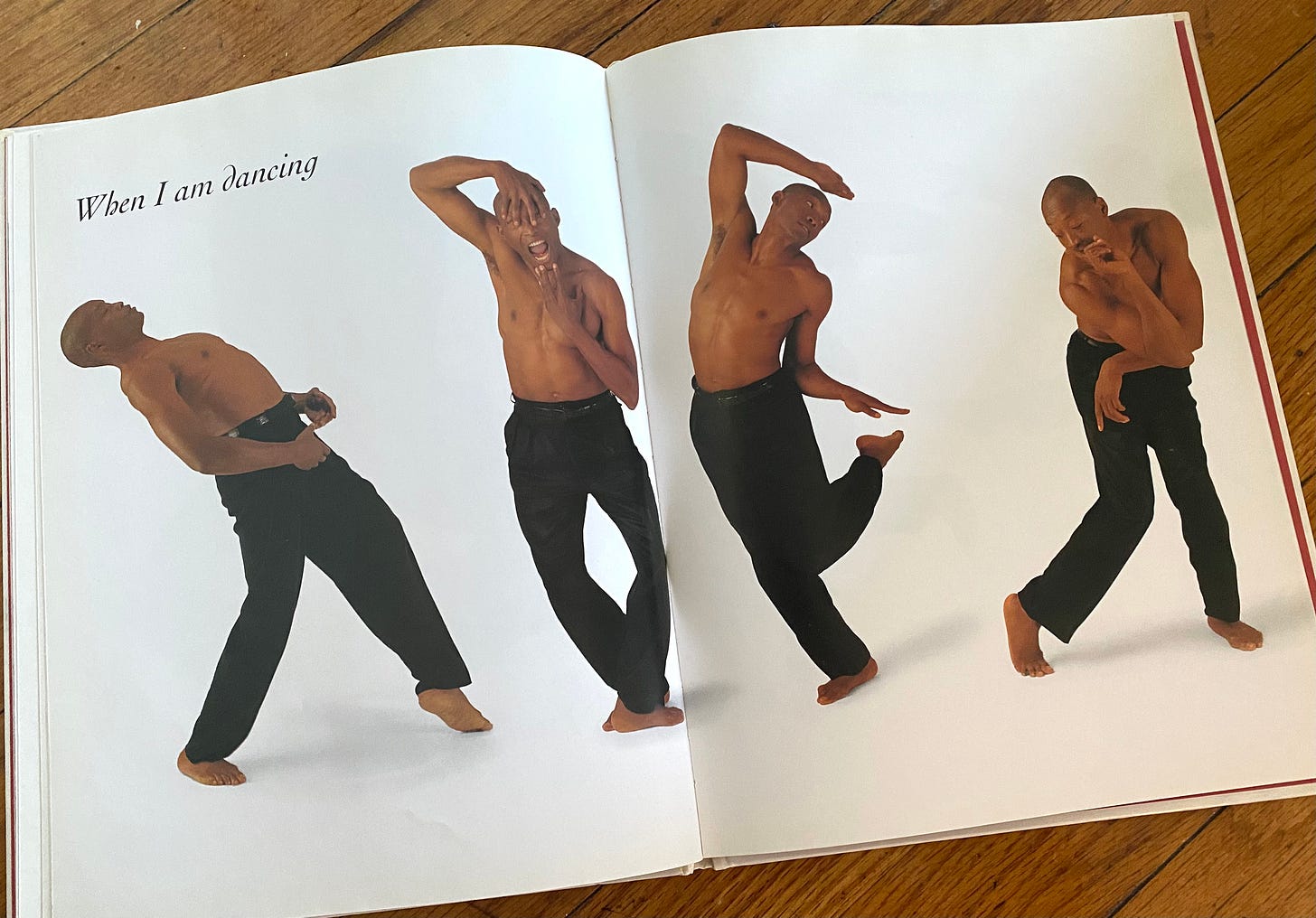GUT PEEPS! I am bubbling over. I had a whole lesson planned on contour drawing and line width and yadda yadda, and then some great person handed me a book about dancing, and it stopped me in my tracks.
LEFT TURN EVERYONE!
Today’s lesson is on drawing with our WHOLE BODIES.
Drawing = Dancing
A month or so ago, I had the pleasure of hearing artist, choreographer and dancer Bill T Jones in conversation with artist and educator Marc Bamuthi Joseph at the NY Live Arts1. I was floored.
If you are woefully under-informed on the field of dance like me, here’s a bit more on Bill: “Bill T. Jones is recognized for his contributions as a dancer and choreographer. Renowned for provocative performances that blend an eclectic mix of modern and traditional dance, Mr. Jones creates works that challenge us to confront tough subjects and inspire us to greater heights.” (NEA)
Then, out of the blue, this joyful book “Dance” by Bill T Jones and Susan Kuklin gets handed to me:
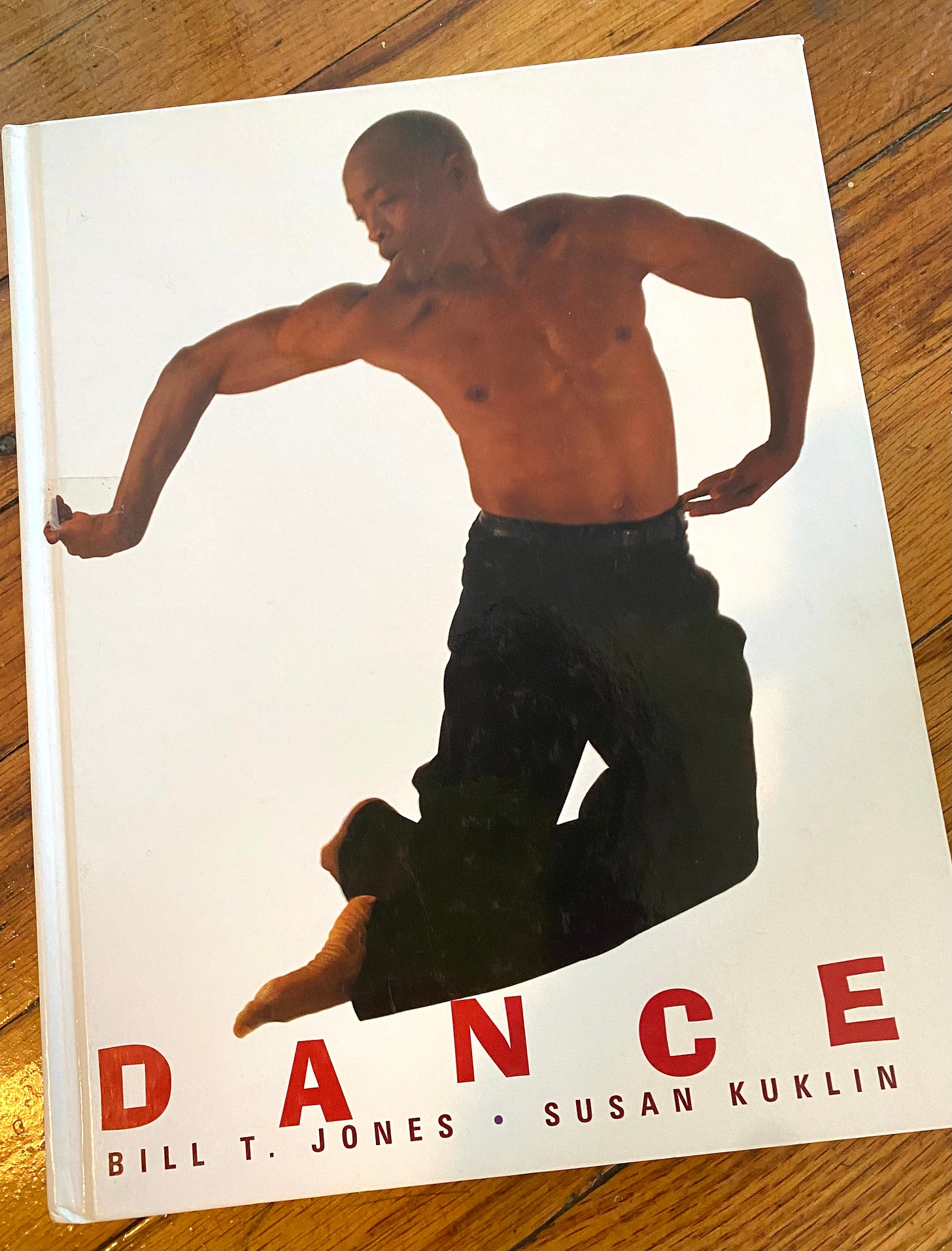
It’s simple, joyful, expressive and inspiring.
And all I could think was: THIS. IS. DRAWING.
In nearly every DrawTogether class I’ve made for kids I say, “We don’t just draw with our hands; we draw with our whole bodies.”
What I mean by “draw with our whole bodies”: when we draw, we use our eyes, our ears, our breath, our heart beat, our thoughts, our feelings, our cellular memories, and our ephemeral imagination.
We use our fingers, hands, wrists, arms, shoulders, torsos, necks, and jaw. We use our legs, our feet… OUR WHOLE BODIES. Whether we are aware of it or not, we do.
Every muscle, centimeter of skin, breath, pulse, cell, rod, and cone, go into every darn line we draw, and are felt ever so subtly by anyone who takes time to really look at your drawing.
Remember when we wrapped up our Ross Gay-inspired week of attending to our delights and turned our attention towards ourselves? Remember the opening lines from Leaves of Grass that framed our conversation and drawing that day? “I Celebrate myself, and sing myself, And what I assume you shall assume, For every atom belonging to me as good belongs to you.”
What we did in drawing, Bill T. Jones manifests in movement:
The more we get in touch with our bodies when we draw, the more connected we are to our drawing process. The more connected we are to our process, the fuller the outcome will be. The more YOU it will be. And the more UNIVERSAL it will be.
Here’s another example of drawing with the whole body. In this case, it’s quite literal: Shodo, or Japanese Calligraphy. In the video, artist and calligrapher Sachiyo Kaneko stands above her canvas with a GIANT calligraphy brush and proceeds to crouch, bend, lift, stretch, and slam her torso, hands, head, fingers, feet - use her WHOLE BODY - to dance with sweeping, bold, grand strokes, all across her canvas.
Drawing. Is. Dance.
Now watch Zen Master Fukushima Keido Roshi dance with a brush in a different way, to different effect. He writes (draws!) bent over into a ball, eyes tied tightly to the canvas. His movements mostly come from his fingers, wrist and shoulder. BUT HIS WHOLE BODY contributes to the result. His still torso, his folded knees, his fixed gaze - all provide a steadiness that translates to consistent, controlled, fluid strokes.
This drawing is also a dance. This dance simply employs the body in different ways.
RIGHT!? You can really see it. These different styles of “dance drawings” produce different outcomes.
Just like Bill T. Jones’ dance. Different movements produce different outcomes and convey different thoughts, feelings and sensations.
Drawing = Dancing.
You have these choices, too. When you draw, you can choose to use your fingers and wrists, or your arm and whole torso. You can stand or sit or crouch. You can stretch or squeeze or pinch or explode. How you move your body will result in different marks. It is up to you. The choice is yours.2
But before you choose your tools - you have to learn what’s in your toolbox
Today, we are going to explore three different ways of drawing with our bodies that produce three different kinds of drawings. You’ll need a pen, paper, and some colors.





